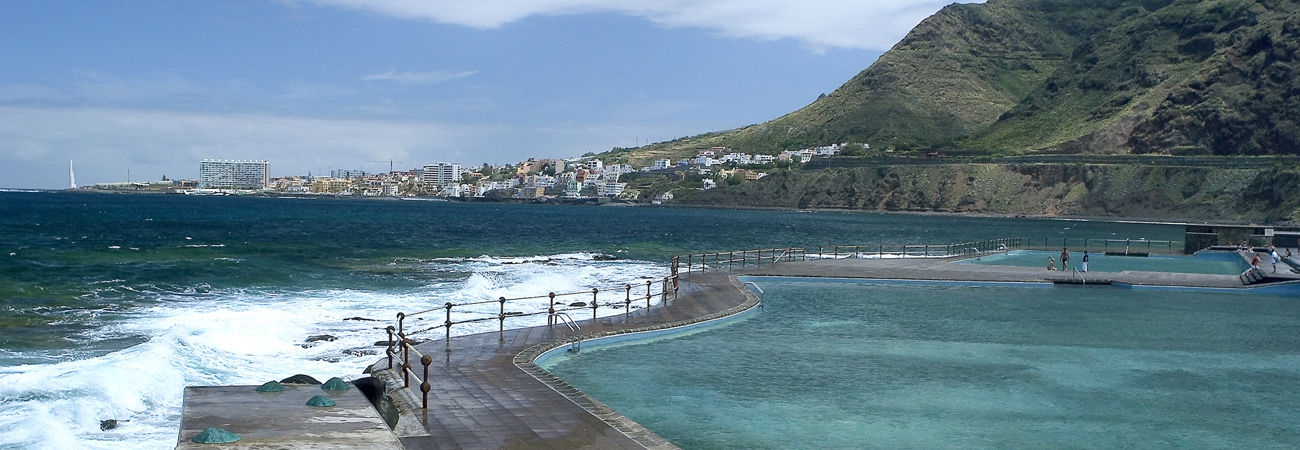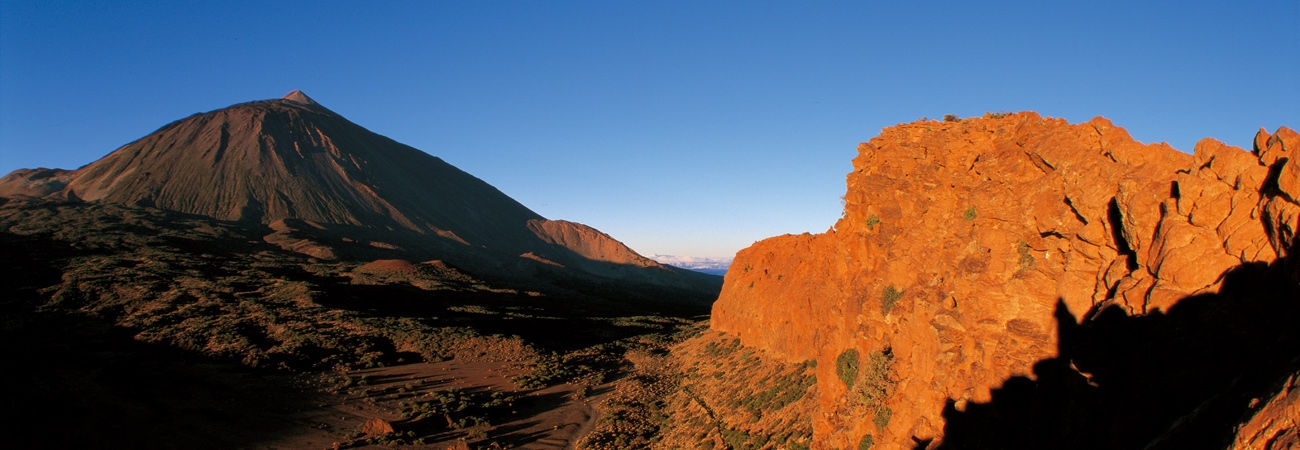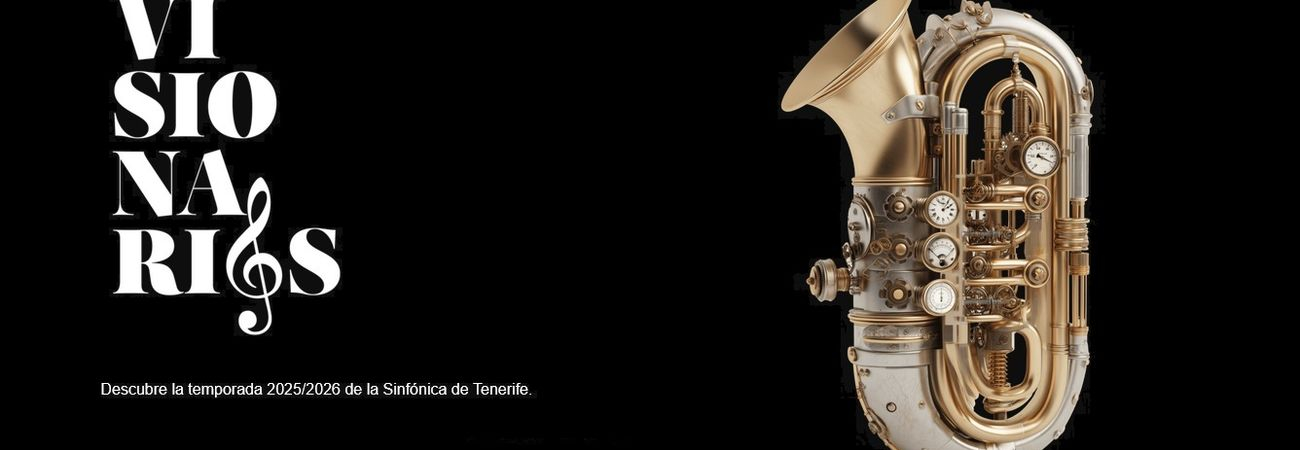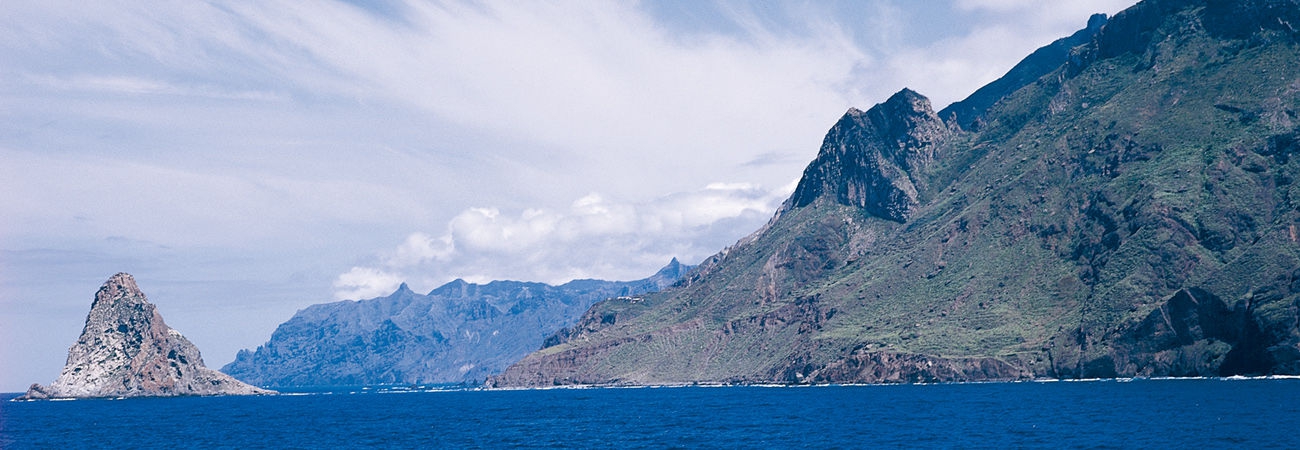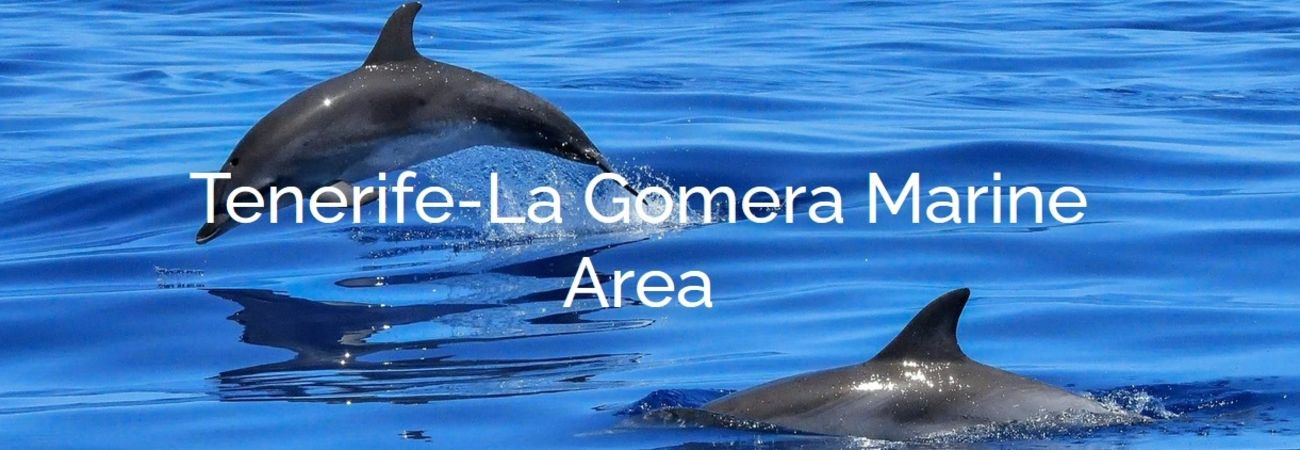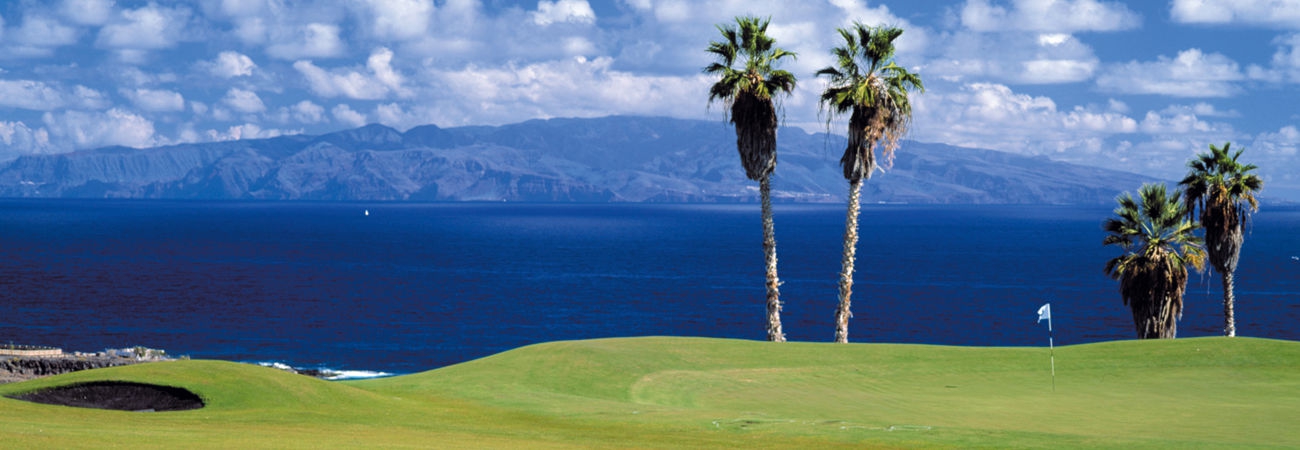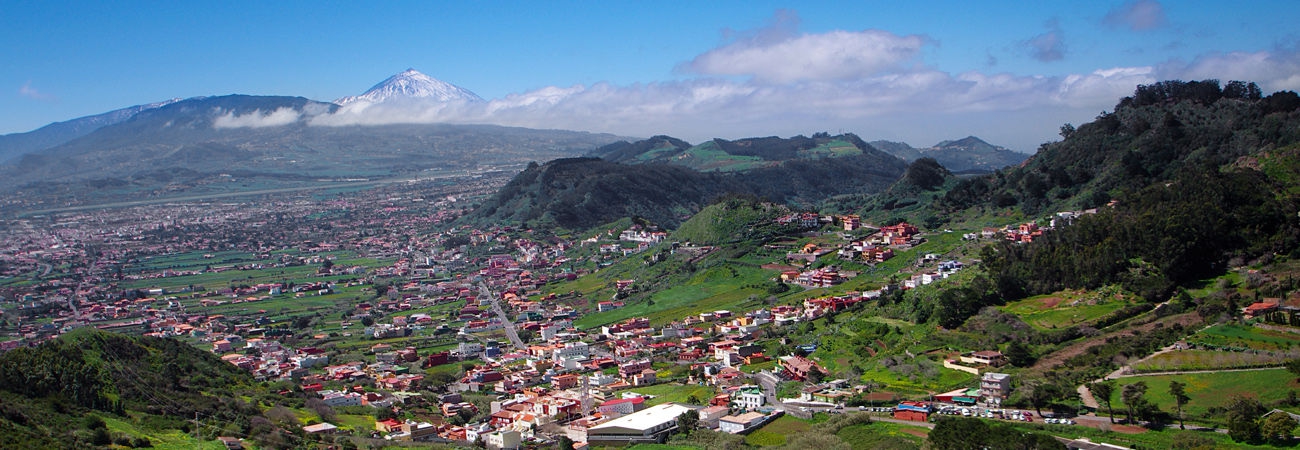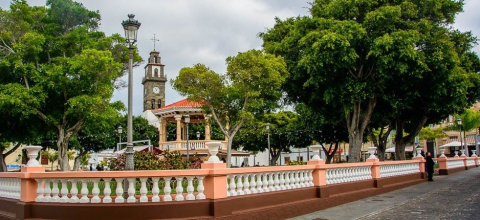Buenavista del Norte
The borough is situated on the north west tip of the island. It is a flat plain of banana plantations and fruit orchards, giving access to the Teno massif with its deep valleys and almost inaccessible coves.
About 85% of Buenavista del Norte is protected by the Natural Areas Act. The borough provides more than 70% of the Teno Rural Park. The park covers a total of 7,647 Has. The grand massif and enormous flats scored by deep ravines, fill this area with incomparable beauty, a land admired by both conquerors and settlers, which is why it was called Bellavista (Beautiful View in Spanish).
The area started to develop in the 16th century, with the arrival of settlers in Tenerife. Pirate attacks on the coastal settlements of the area, by English and Barbary pirates, were a frequent event throughout the 17th century, and there was a plague of locusts in 1659.
The last major occurrence in Buenavista took place on the 22nd of June, 1996, when the church of Nuestra Señora de los Remedios was devastated by fire, with the loss of an extraordinary artistic heritage that included reredos, coloured Mudejar panelling and wood carvings of incalculable artistic and spiritual value.
The town still conserves stately mansions of the 17th and 18th centuries, and the church of La Virgen de los Remedios houses fine reredos, multi-coloured Mudejar panelling and an interesting carving done by Alonso Cano, representing San Francisco.
|
Surface area |
67,42 Km2 |
|
Altitude |
90 m |
|
Distance from Santa Cruz |
71 Km |
|
Population in 2021 |
4.859 |







